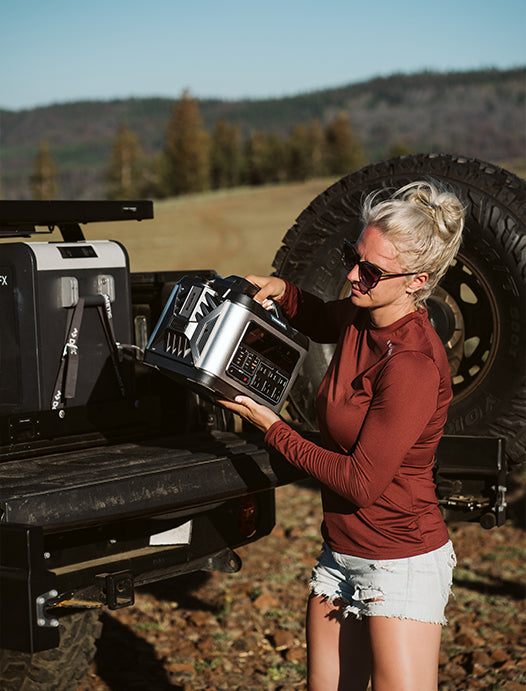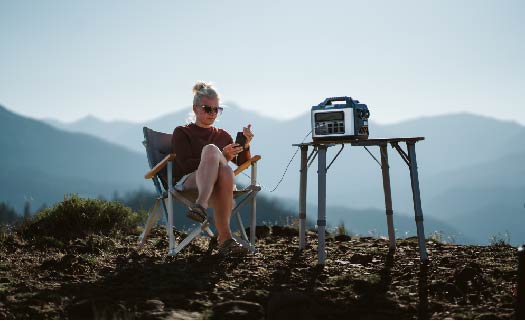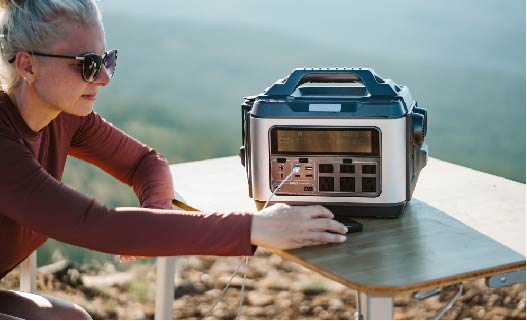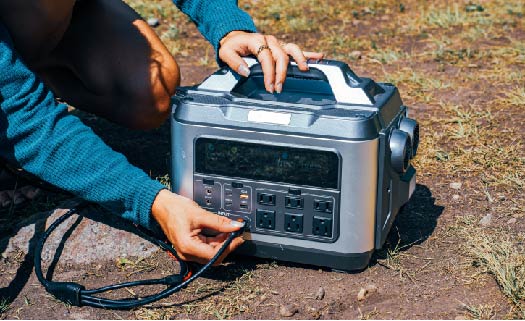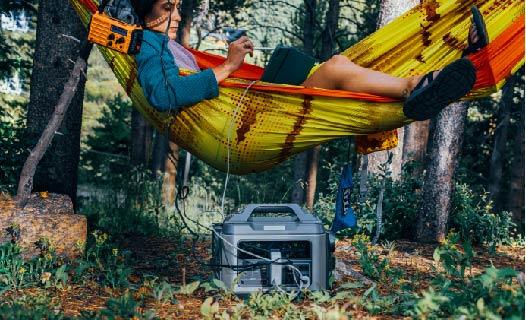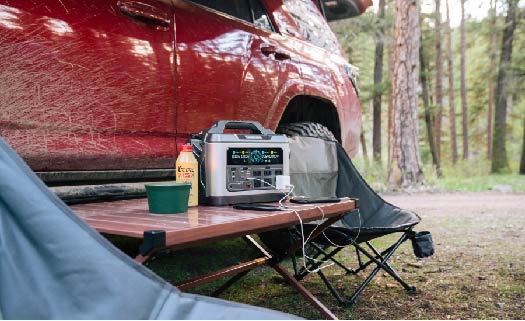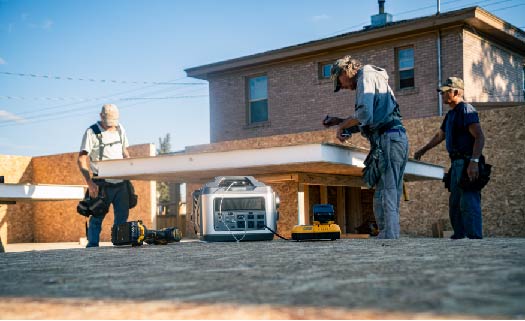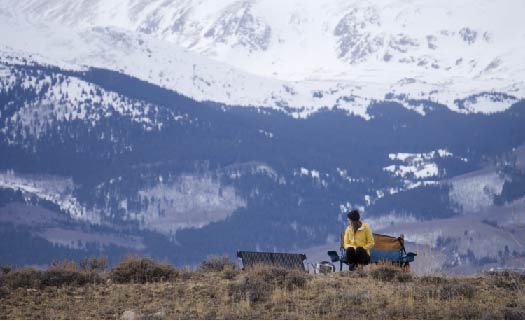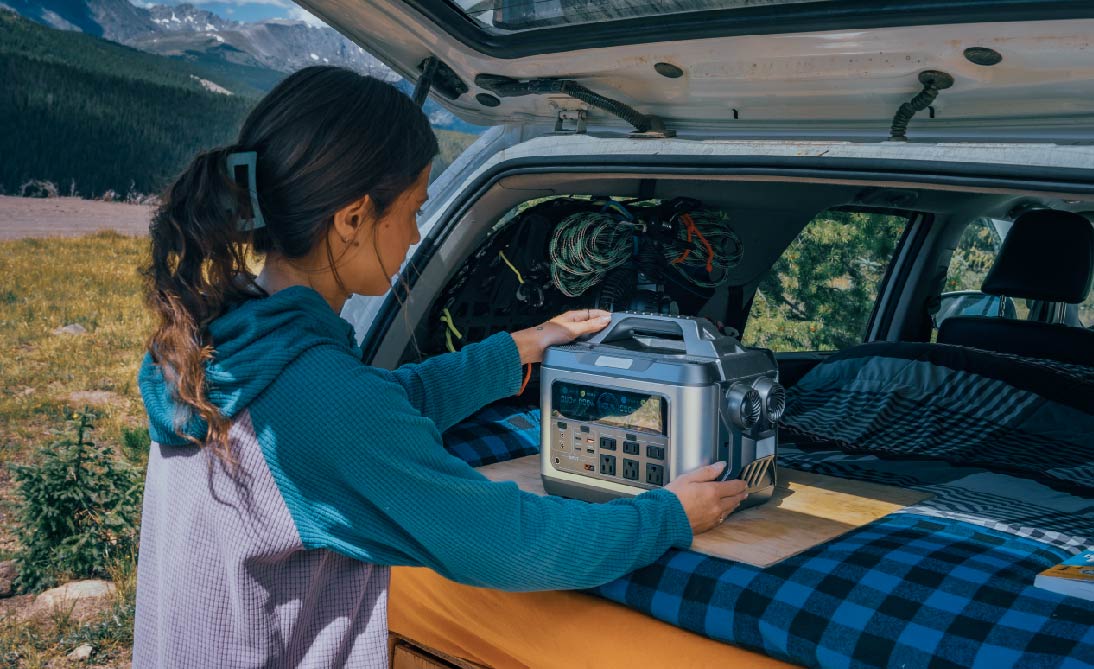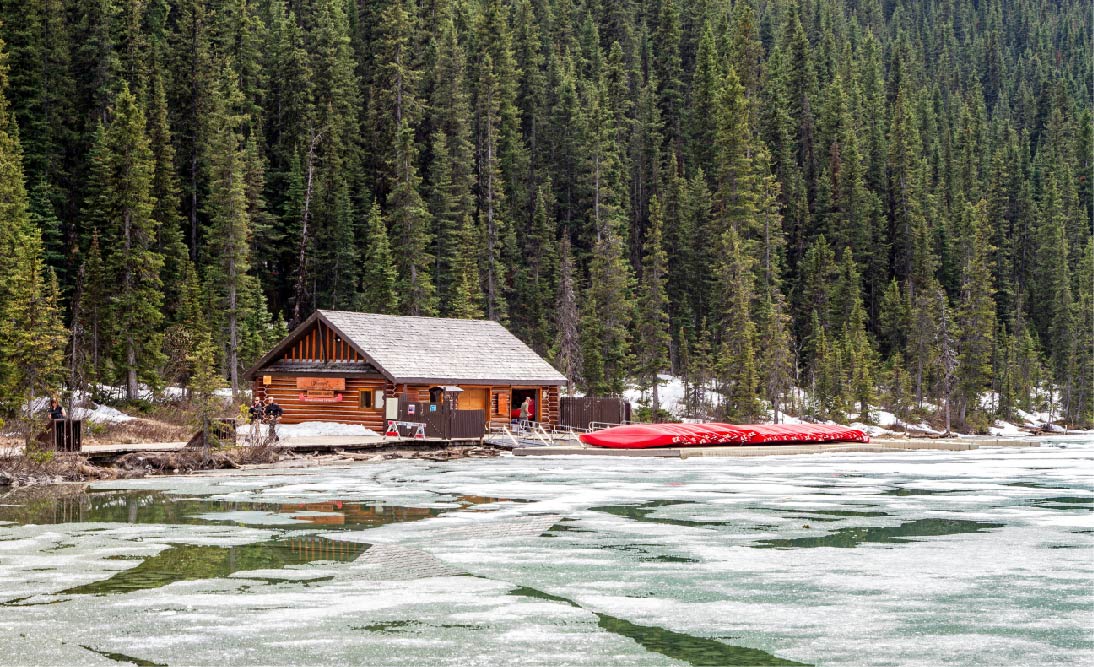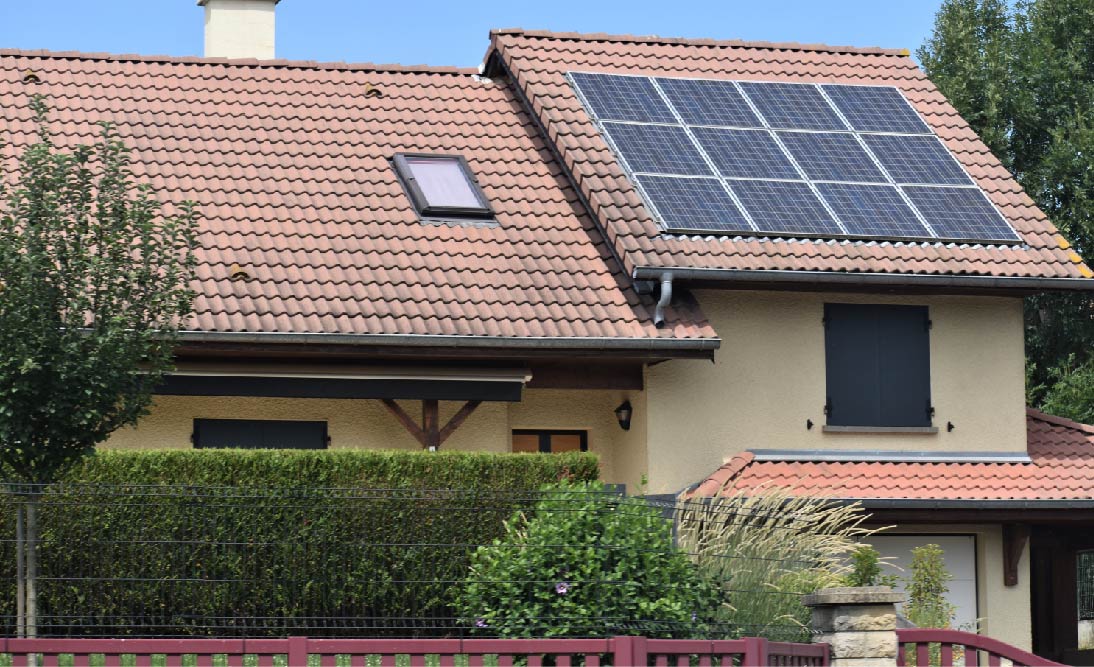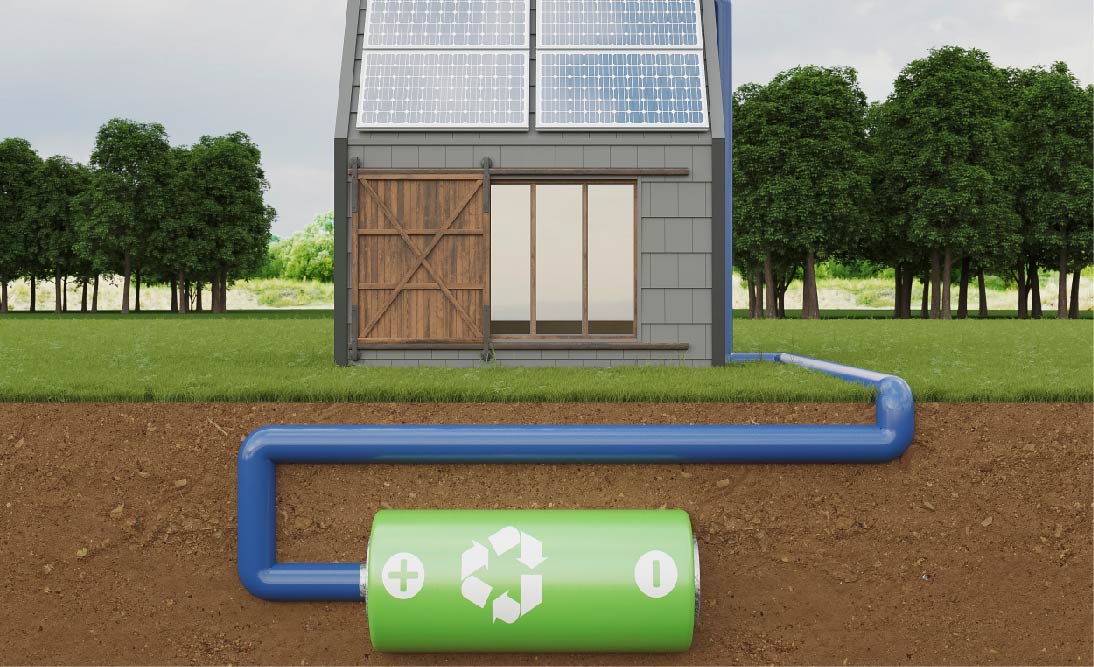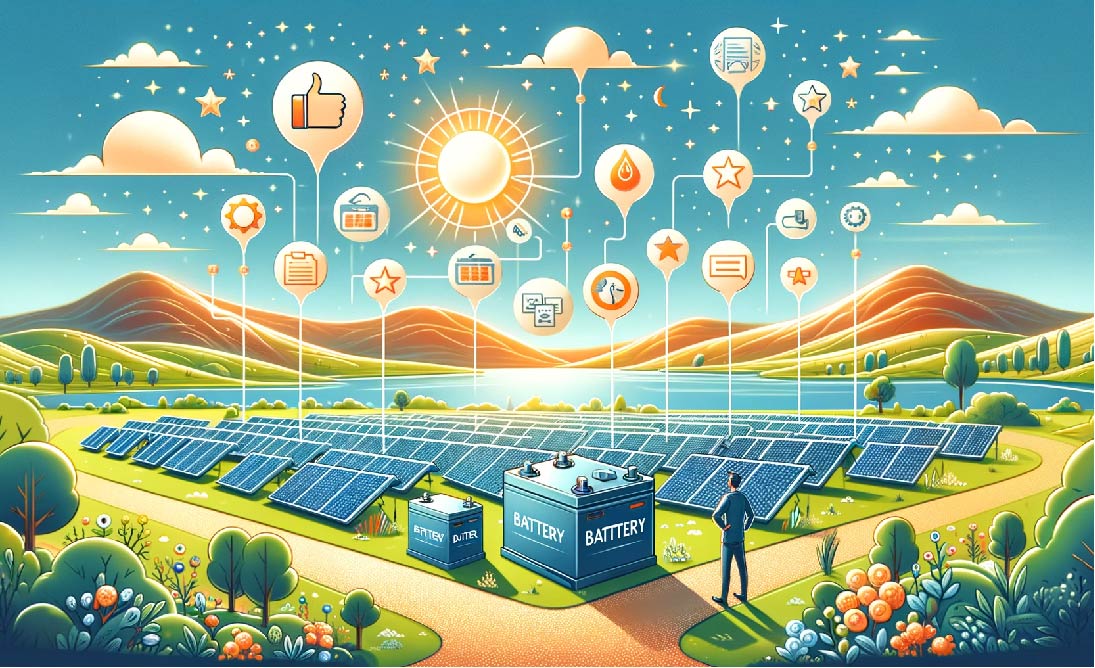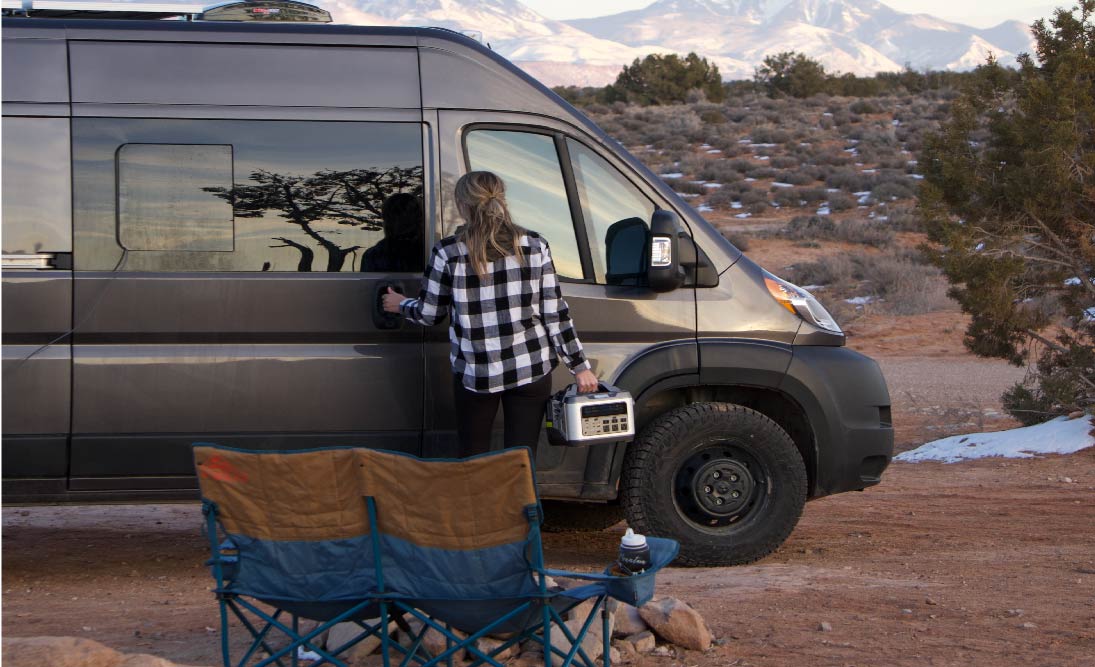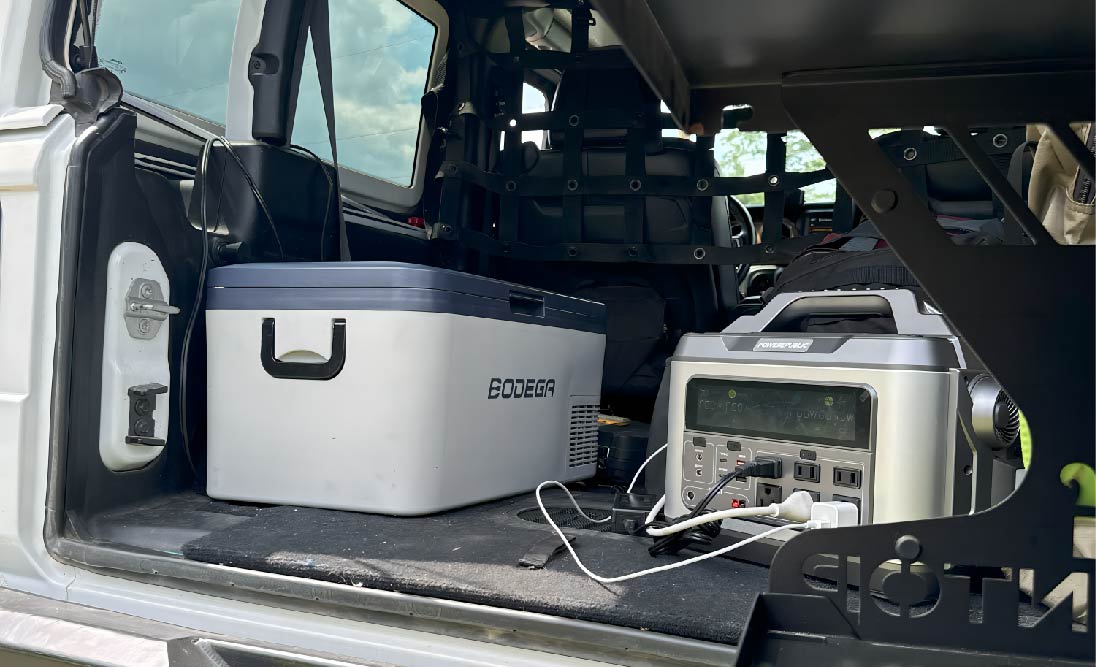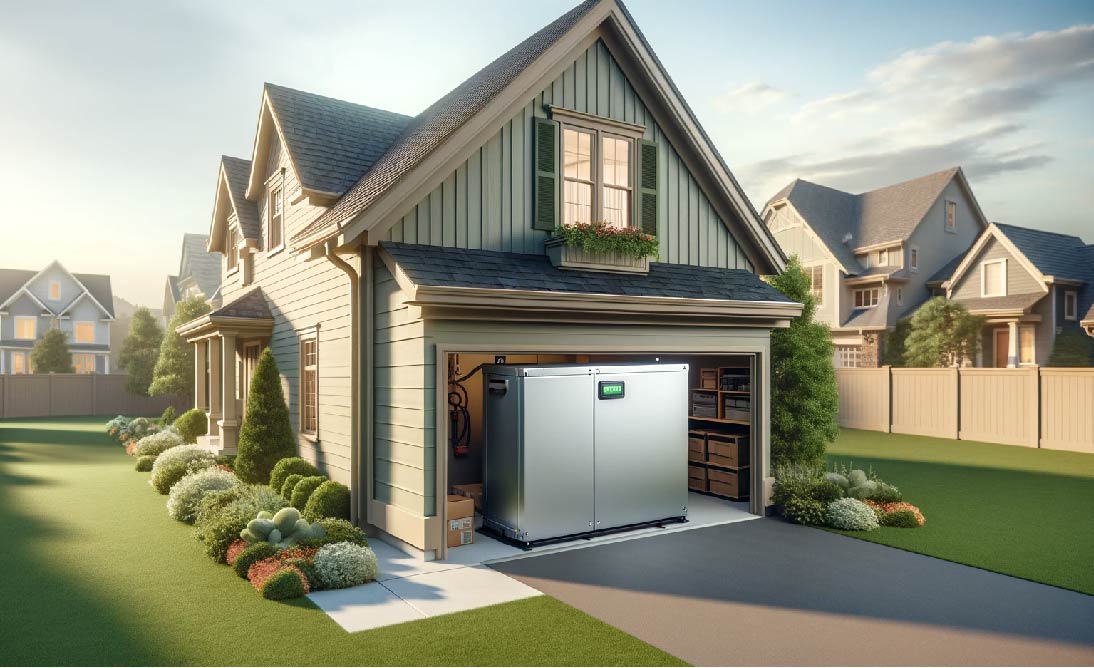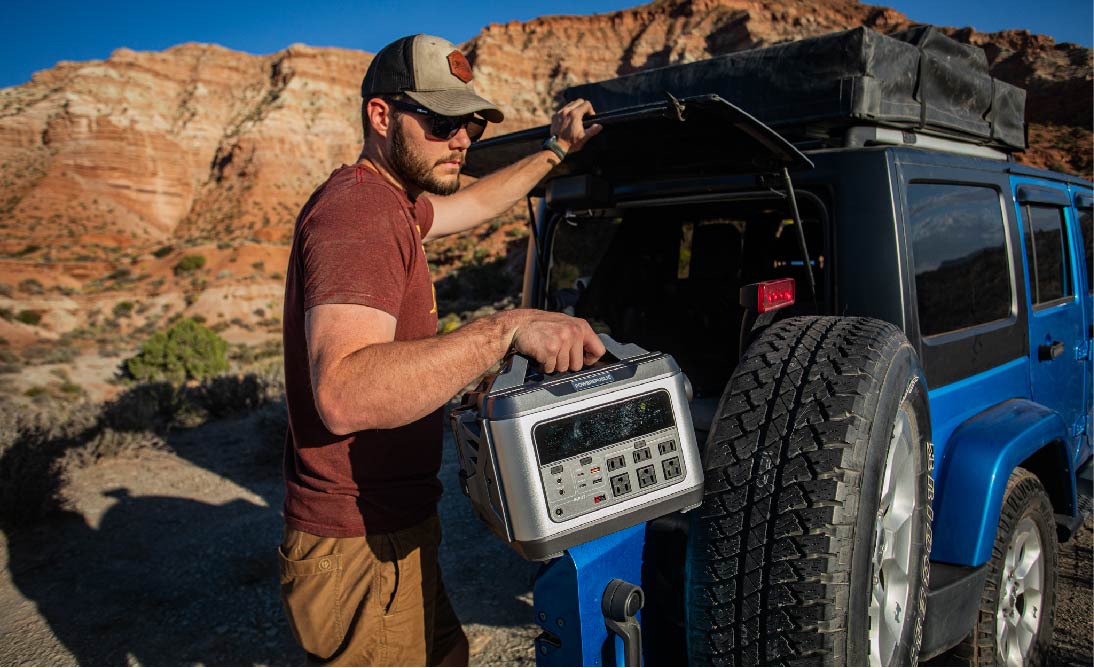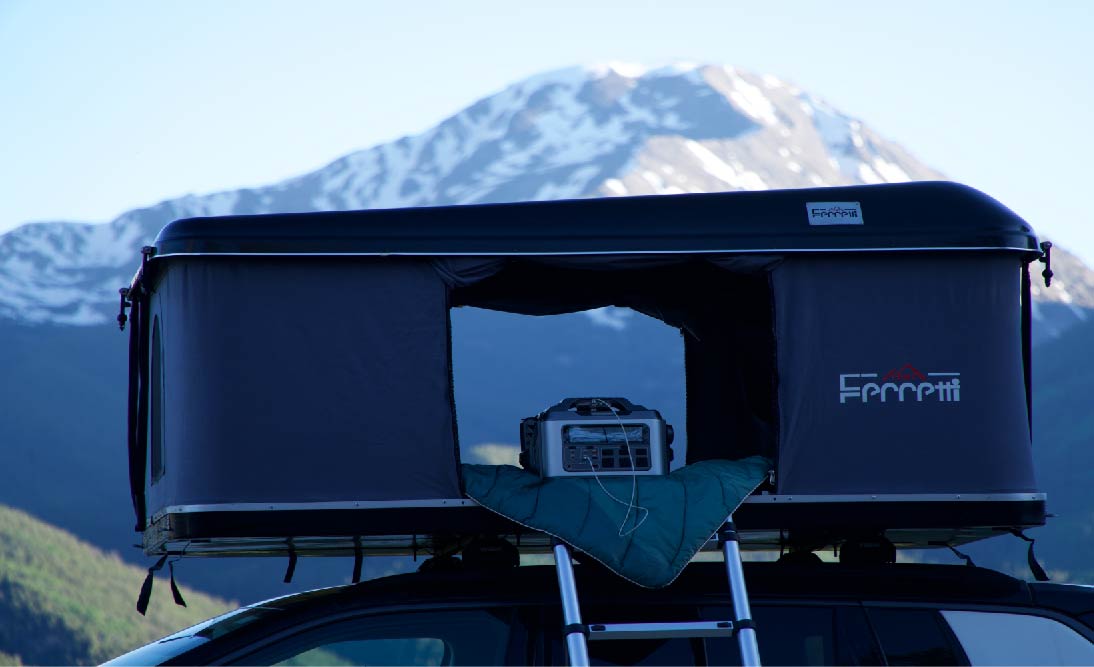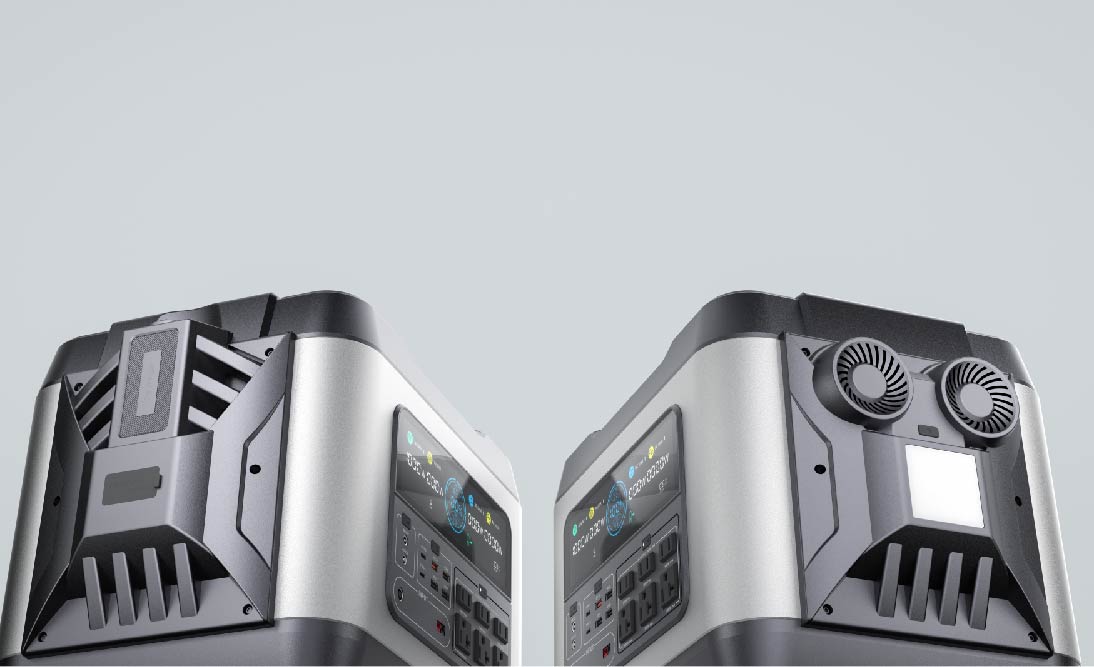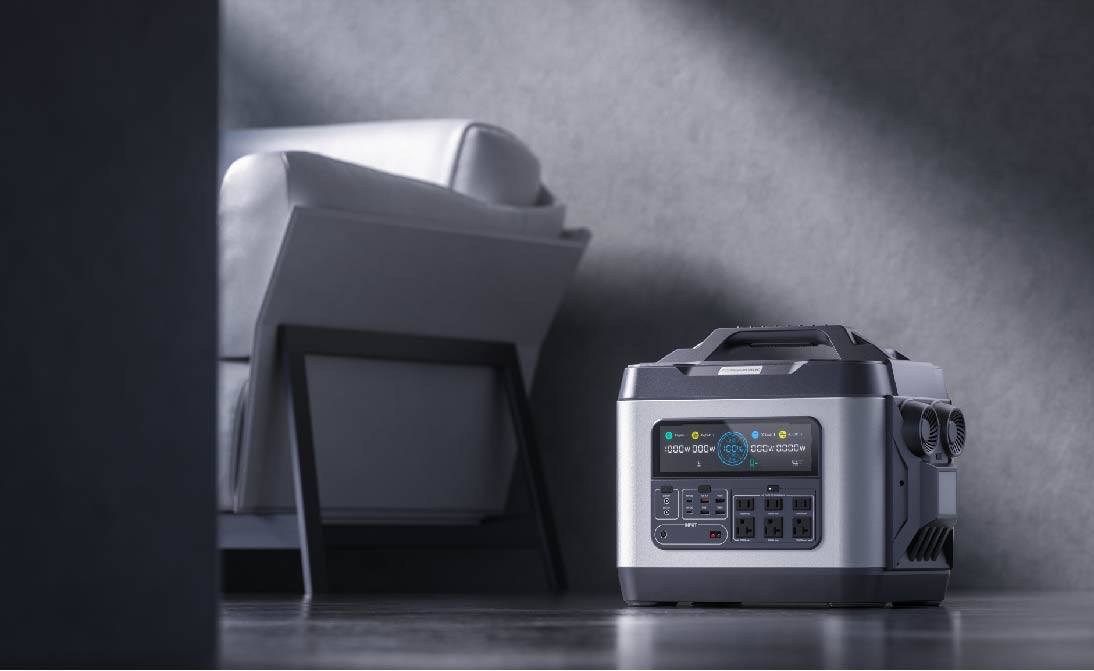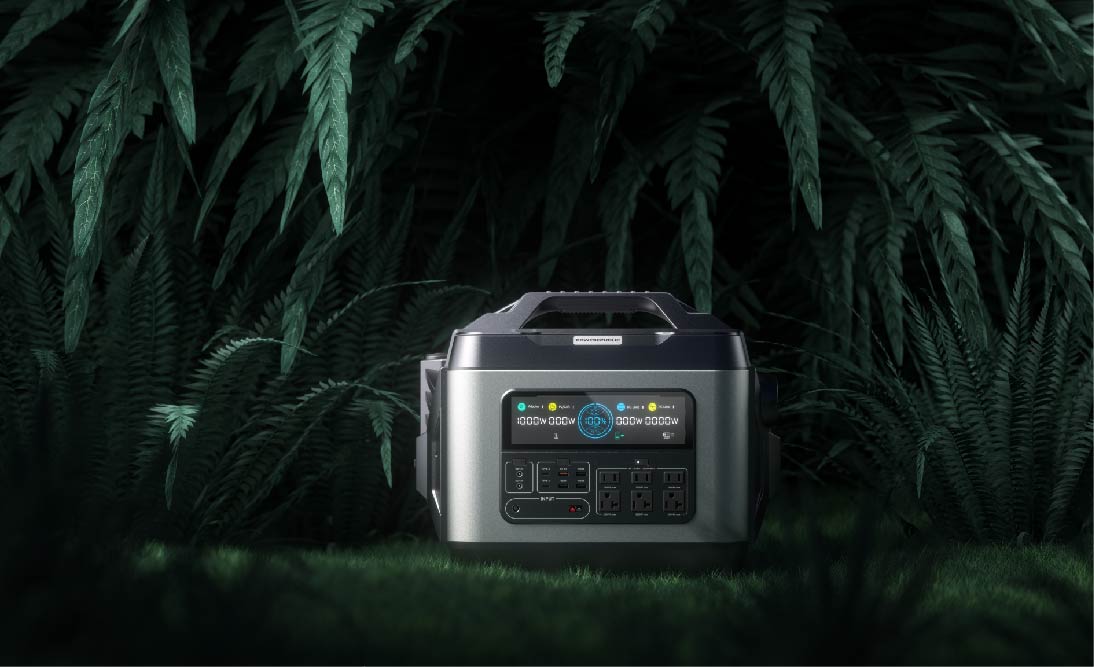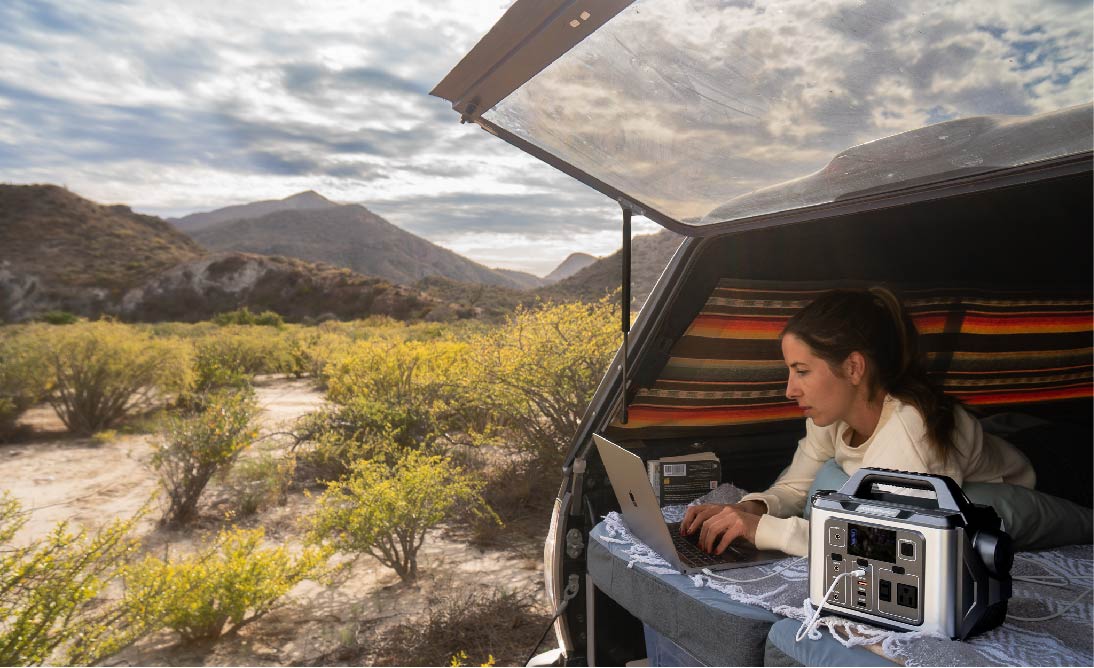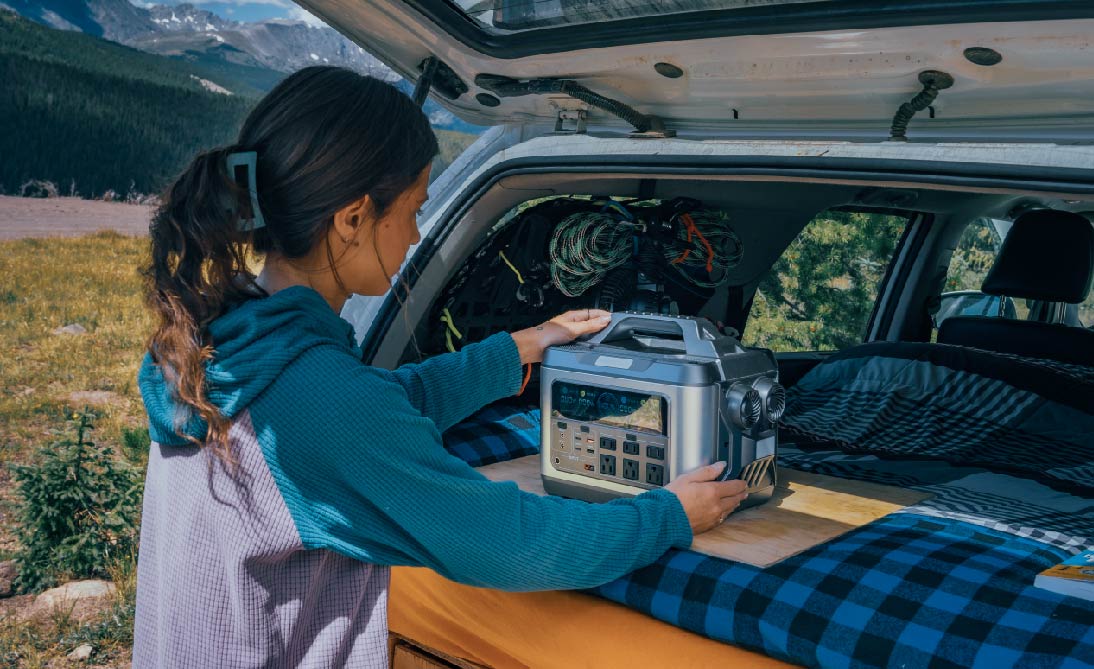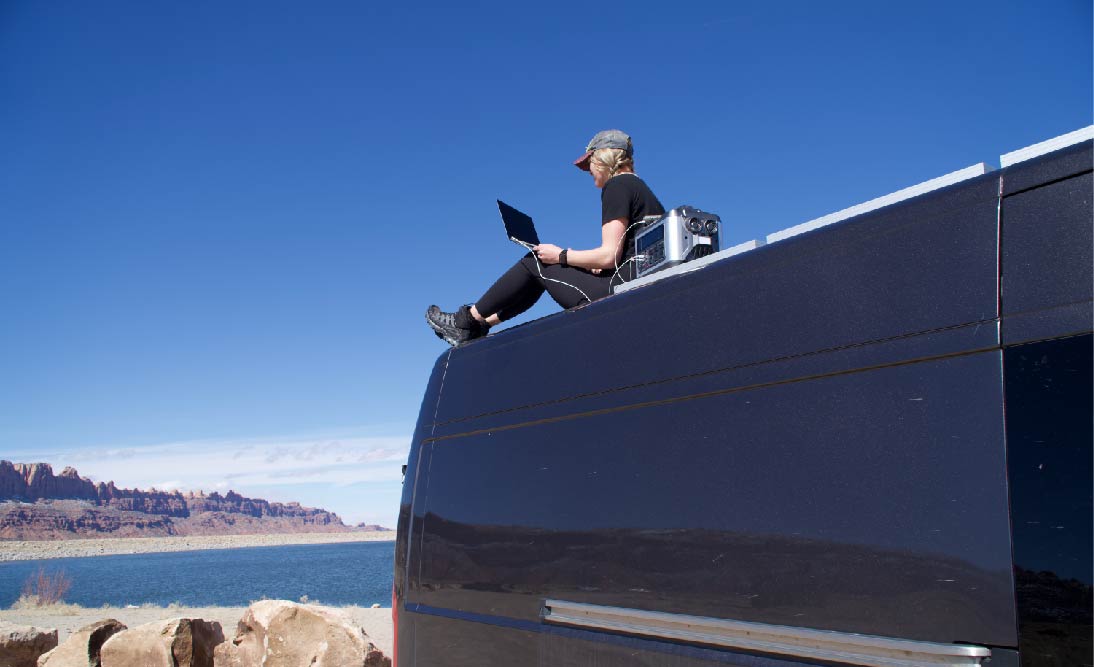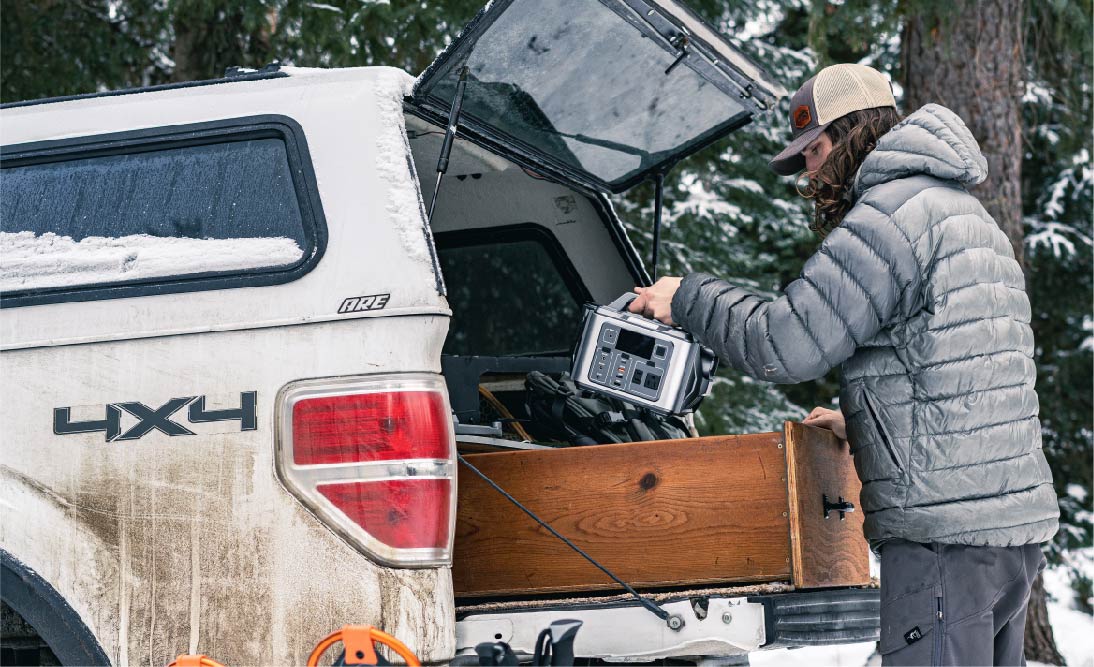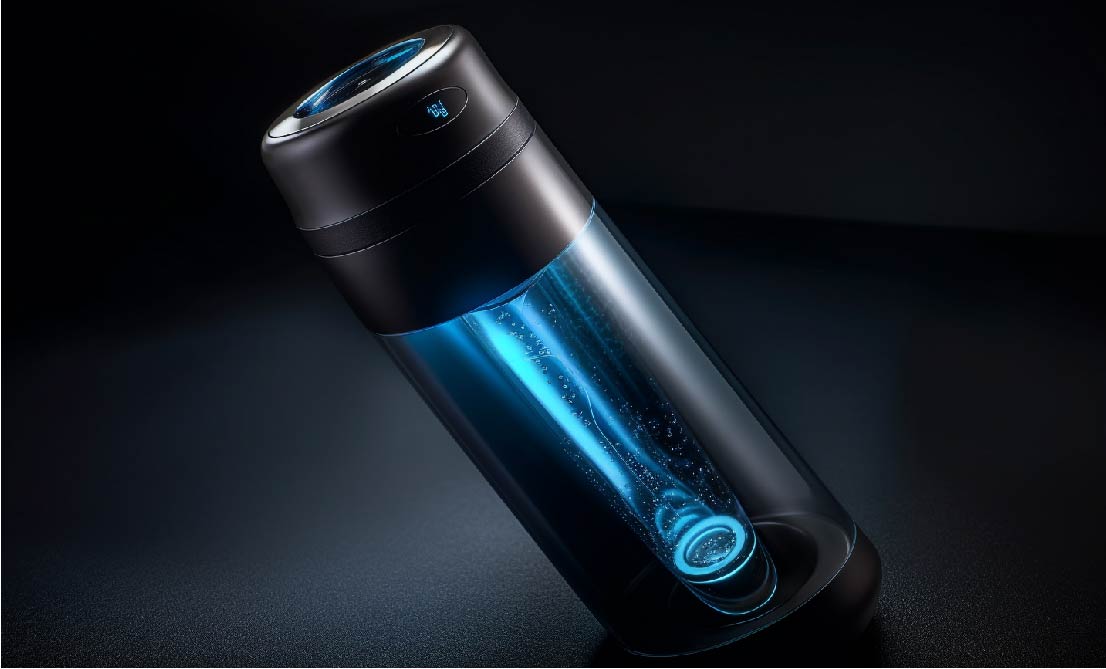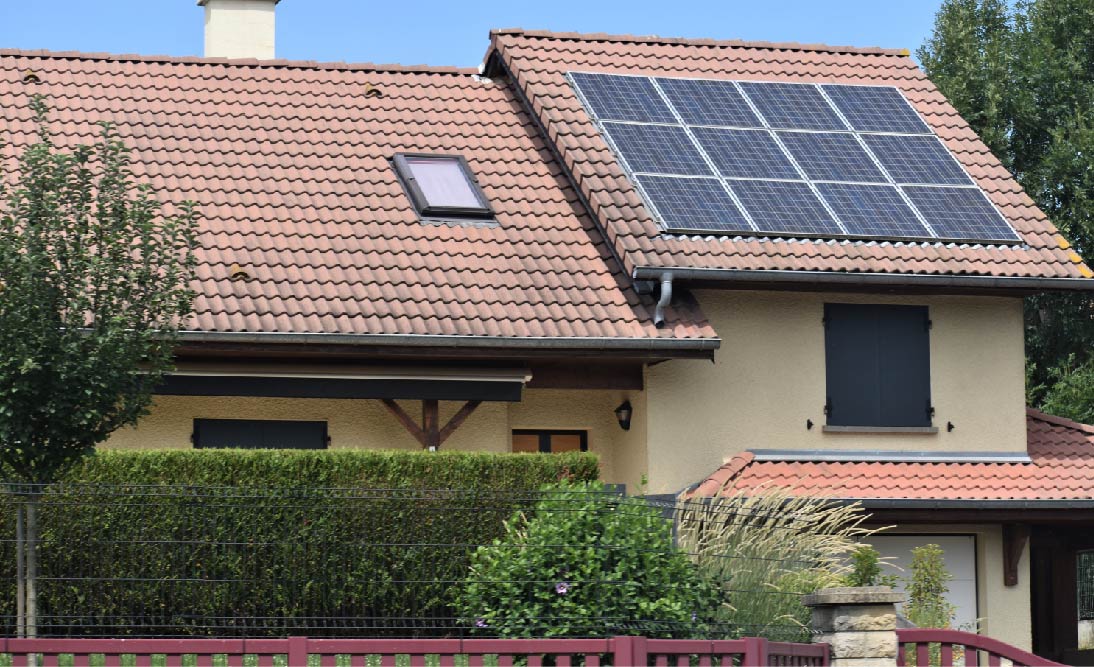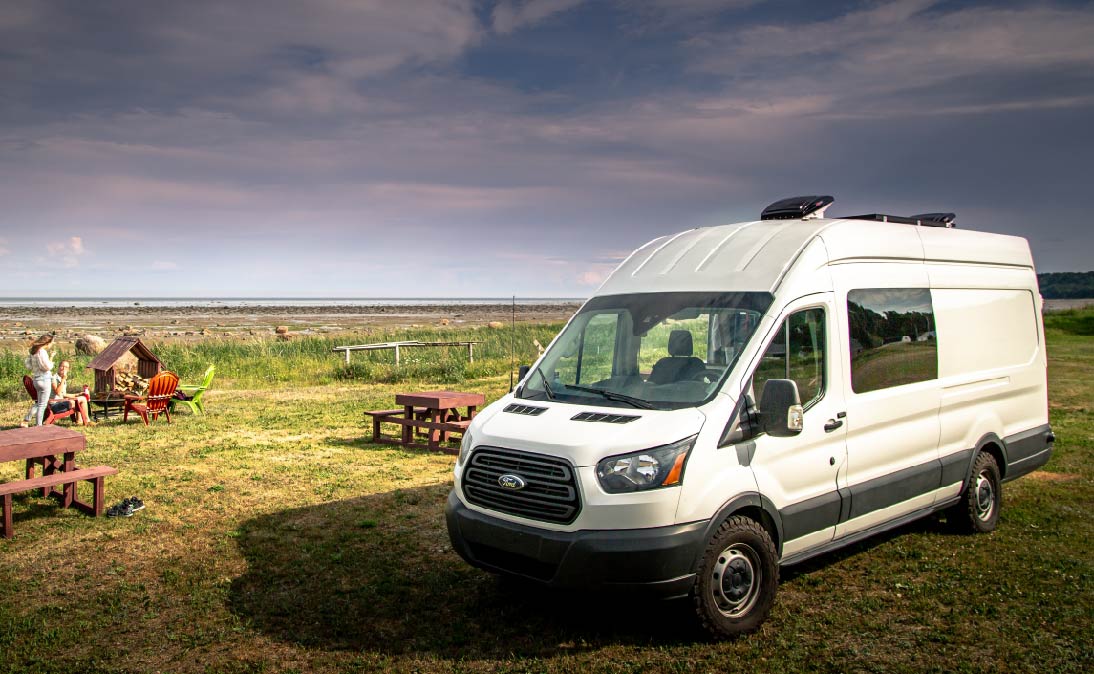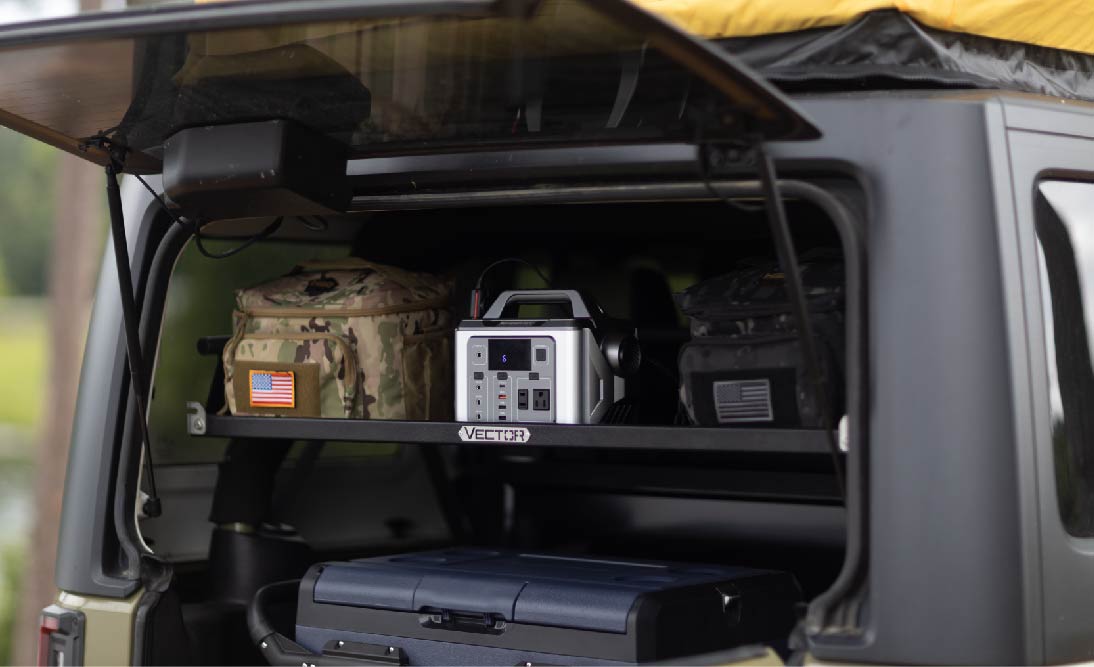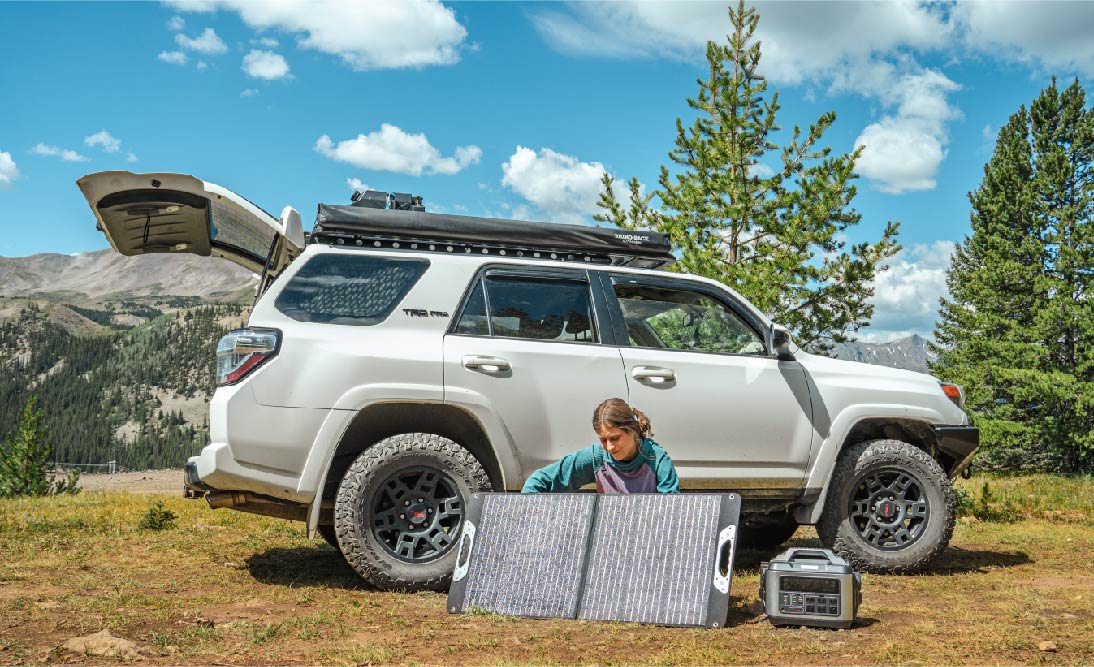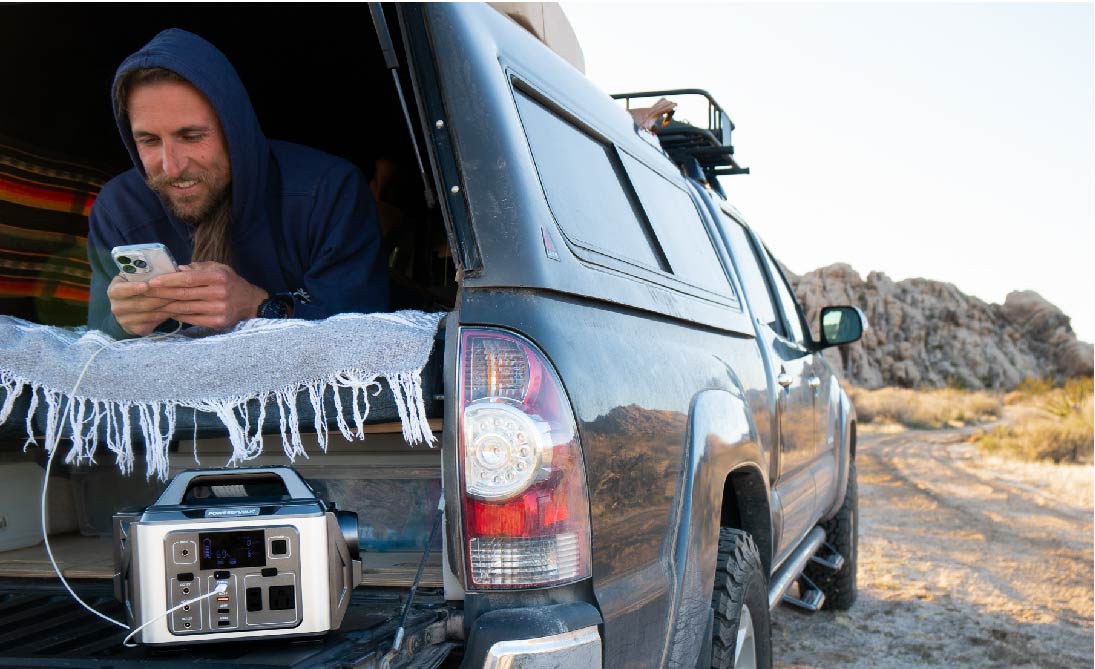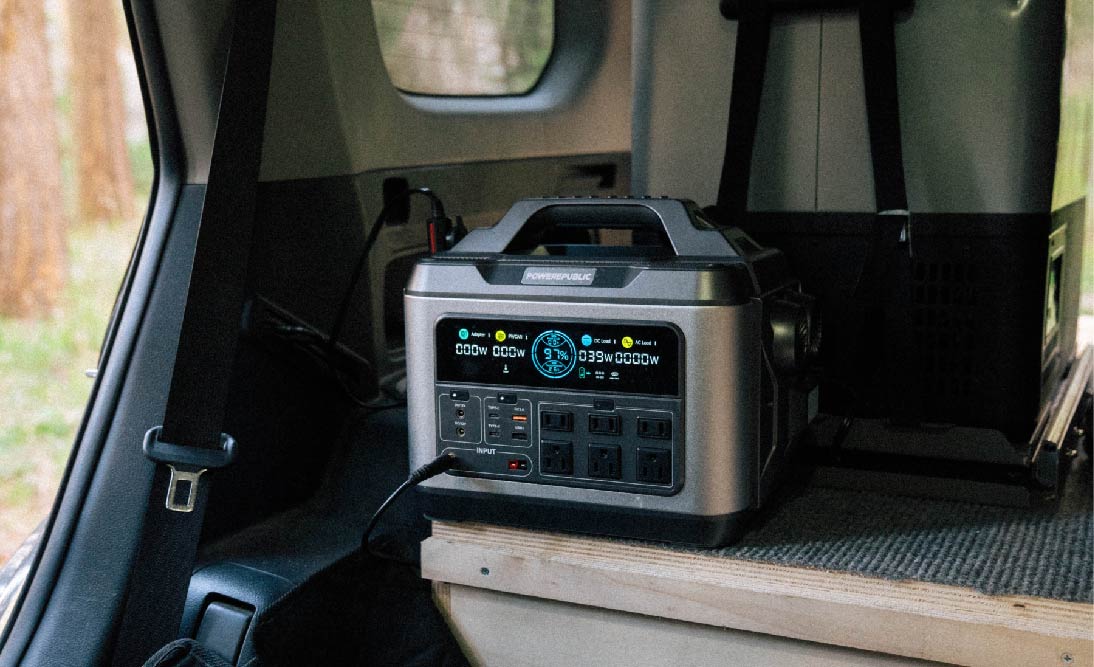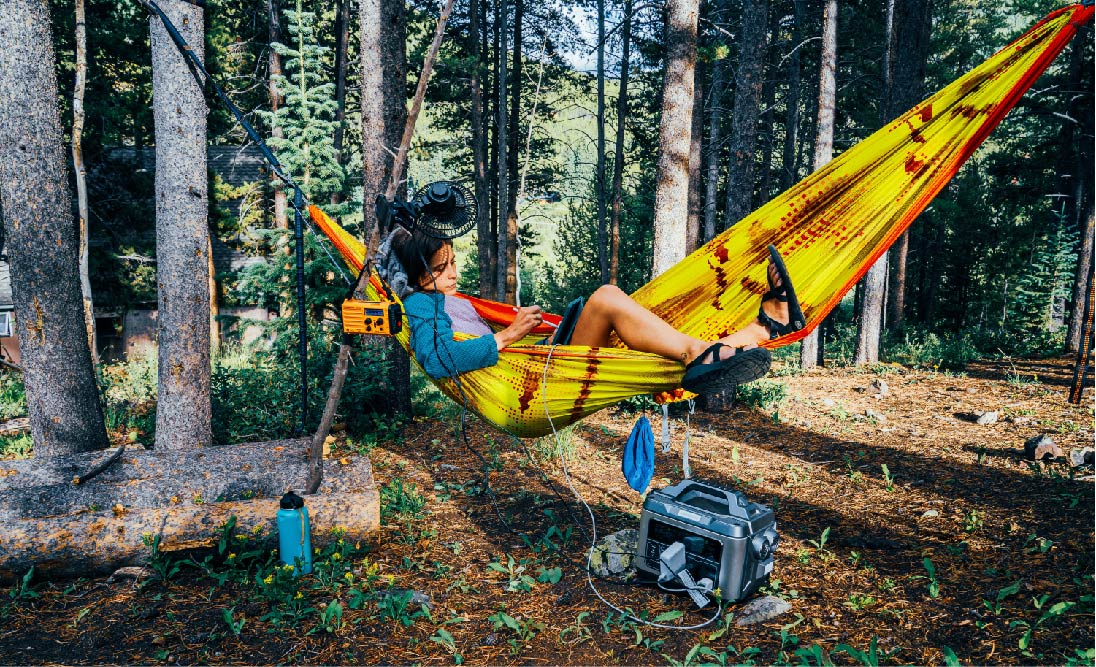With the growing popularity of e-bikes, many riders are seeking eco-friendly ways to keep their bikes charged, especially when electricity is not accessible in some remote areas. In our last article, we talked about whether it is capable of using a portable power station to charge an E-bike. And the answer is Yes.
Another option that is becoming increasingly popular is the use of solar panels to power e-bike batteries. Is it possible to charge an e-bike using solar power? The answer is POSSIBLE but there are some important factors to consider.
In this article, we are going to explore whether we can use a solar panel to recharge an E-bike.
The Basic Principle
As we all know, portable power stations can be charged via solar panels and convert the direct current(DC) into alternating current(AC) via an inverter. That being said, solar panels themselves can only produce DC (direct current) electricity. Without an inverter, the direct current(DC) from solar panels would not be compatible with the AC electrical grid and could not be used to power certain devices.
In today’s market, most E-bike batteries are designed to be charged using AC. So if you try to charge a battery that is designed for AC using DC, it can damage the battery and potentially cause a fire hazard.
However, some exceptions can be charged using DC, such as lithium-ion batteries. The reason because these batteries often have a built-in DC-DC converter that allows them to be charged with DC.
The primary function of a DC-DC converter is to convert one DC voltage level to another DC voltage level. DC-DC converters can step up or down the voltage level, depending on the design of the converter. Step-up converters (also called boost converters) increase the output voltage level relative to the input voltage level, while step-down converters (also called buck converters) decrease the output voltage level relative to the input voltage level.
Considering Wattage Before Using Solar Panels To Charge An E-bike
So before attempting to charge an E-bike battery with DC, you should consult the manufacturer or the brand assistant to determine whether the solar panel you are using is compatible with the e-bike's battery.
Most e-bikes have build-it lithium-ion batteries that operate at a voltage of between 36V and 48V. Therefore, it is crucial to select a solar panel that can provide a sufficient amount of voltage to power the battery. If the battery is not designed or compatible with DC charging, it is important to use the suggested type of charger to avoid damaging the battery or creating a safety hazard.
If the solar panels you are using are compatible with E-bike’s lithium-ion batteries, the wattage of the solar panel must be sufficient to charge the battery.
For example: if the battery of your E-bike has a capacity of 500 watt-hours and you want to charge it in 5 hours, you will need a solar panel with an output of at least 100 watts (500 watt-hours divided by 5 hours = 100 watts). However, this is just an estimate. The efficiency of the solar panel, the actual input of the solar panel, and the amount of sunlight available will also affect the charging time. As a general rule, the wattage of the solar panel should be at least equal to the watt-hours of the battery capacity of the E-bike.
If you want to charge the E-bike faster, you may need solar panels with higher wattage. However, it is important to note that the higher the wattage, the more expensive the solar panel. Therefore, it is important to strike a balance between the wattage and the charging time.
Other Factors To Consider
When selecting a solar panel to charge an E-bike, there are a few other key factors to consider:
-
Size and portability: The first factor to consider when selecting a solar panel is its size and portability. If you plan to use an E-bike for longer trips or off-grid adventures, you may want a larger solar panel with higher wattage. However, if you only plan to use an E-bike for shorter trips, a smaller and more portable one may be a better choice.
-
Quality: The second factor to consider is the quality of the solar panel. Make sure to choose a high-quality solar panel that is durable and weather-resistant. Higher quality means the conversion rate of the solar panel will be higher and thus it will harness more sunlight and convert it into electricity.
-
Cost: The third factor is that you will need to consider the cost. It may be tempting to choose the cheapest option available but keep in mind that quality and performance are more important than price. You may want to spend and invest a little more upfront to get a solar panel that will work reliably and last for years to come.
-
Weather condition: Fourth, it is important to consider the weather conditions in your area. Solar panels require sufficient sunlight to work and generate power. Therefore, if you live in an area that is frequently overcast, cloudy, or rainy, solar panels may not be the most practical option for charging an E-bike.
In addition to these factors, we recommend reading reviews and getting recommendations from other E-bike owners who have experience using solar panels to charge their batteries. This will give you a better idea of which solar panels are the most effective, practical, and reliable for an E-bike.
A Final Wrap Up
In conclusion, it is possible to charge an e-bike battery using a solar panel. However, it is important to consider factors such as the compatibility of the solar panel with the e-bike's battery, the wattage and size of the solar panel, the cost, and the weather conditions in your area. It is also worth noting that while solar power is a clean and renewable source of energy, it is not always the most efficient way to charge an e-bike battery. If you have access to a power outlet or portable power stations, it may be more practical.
